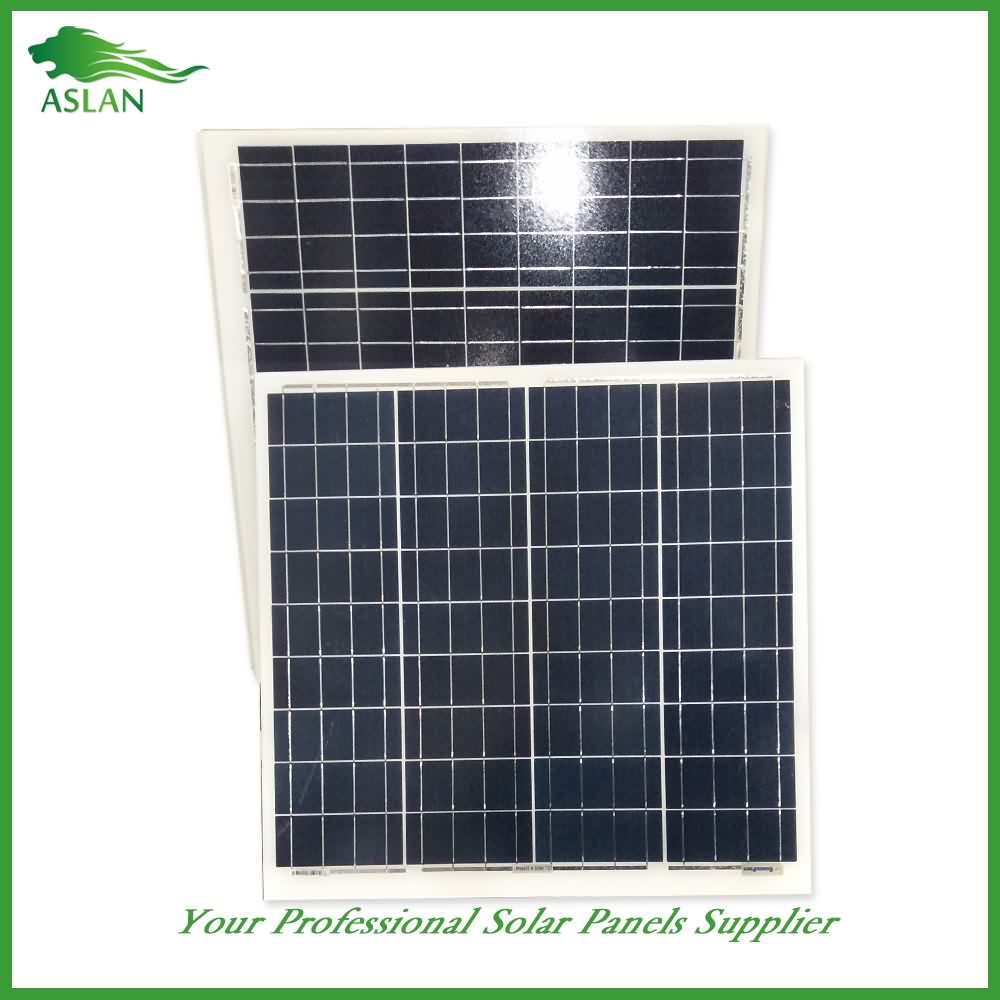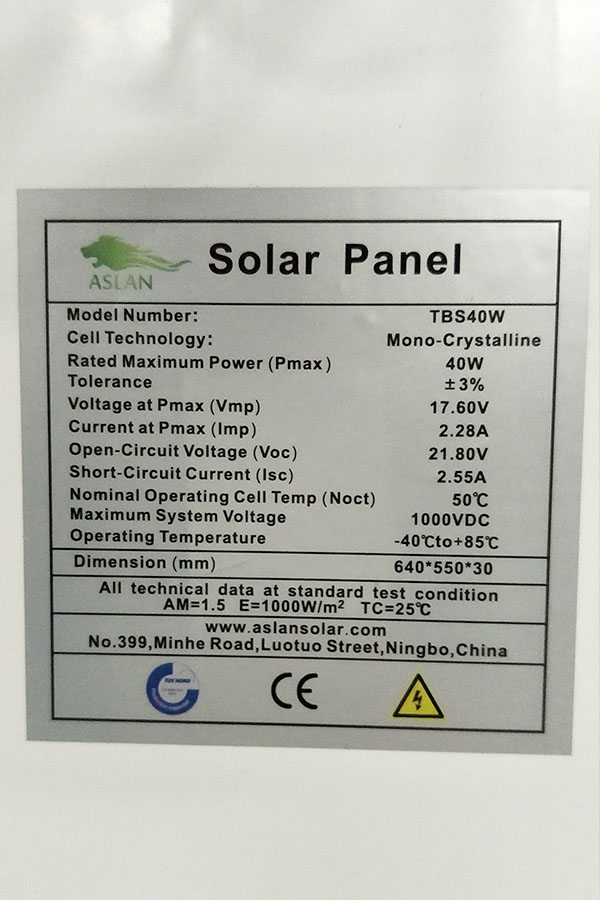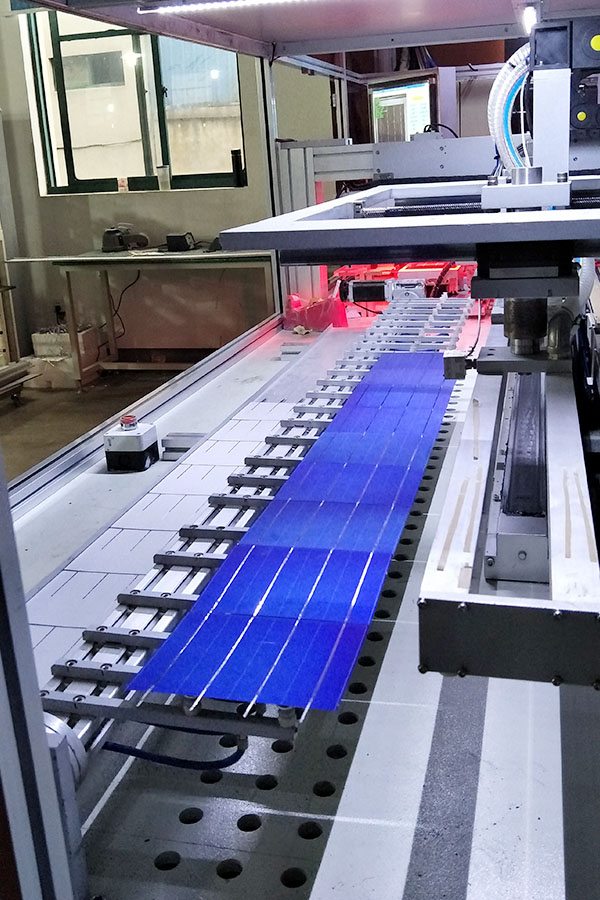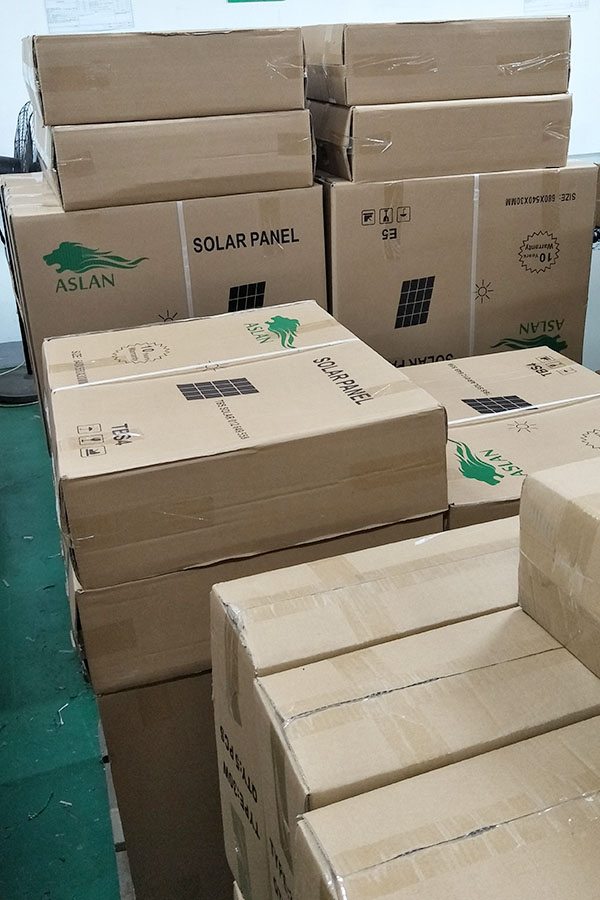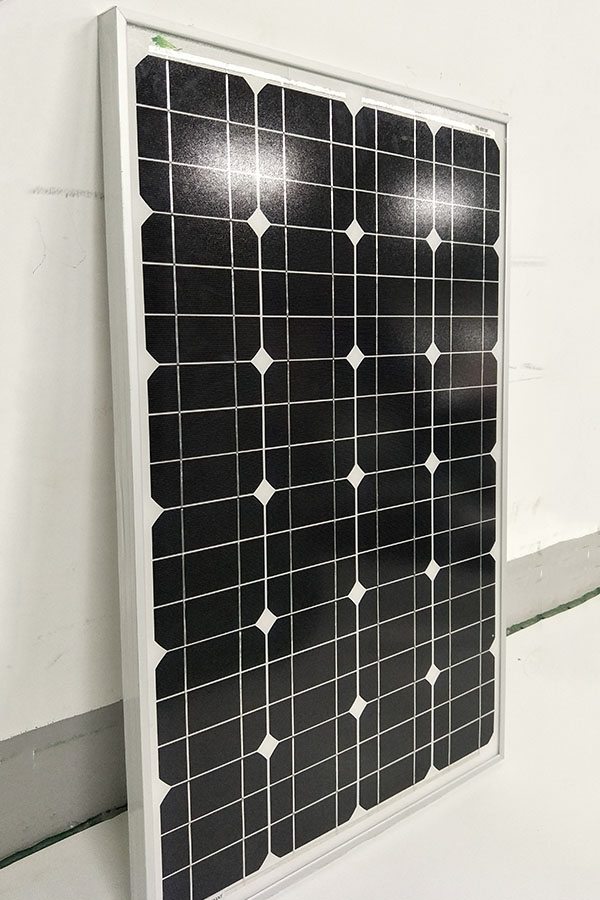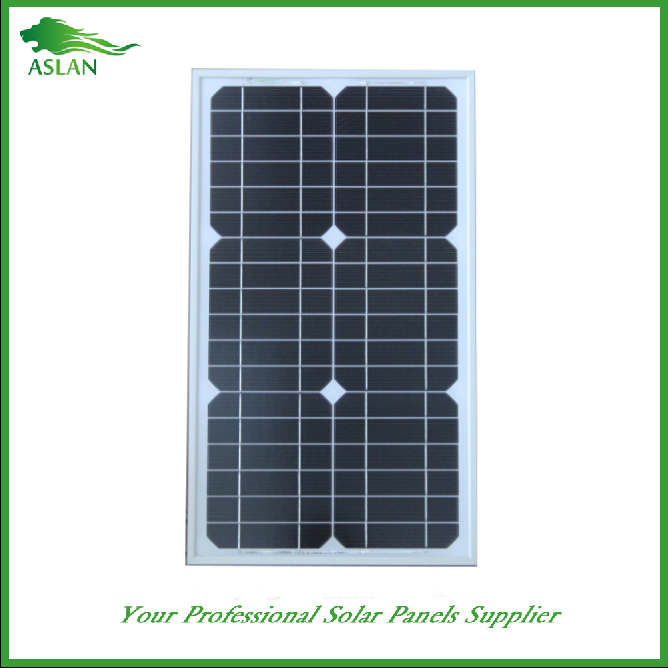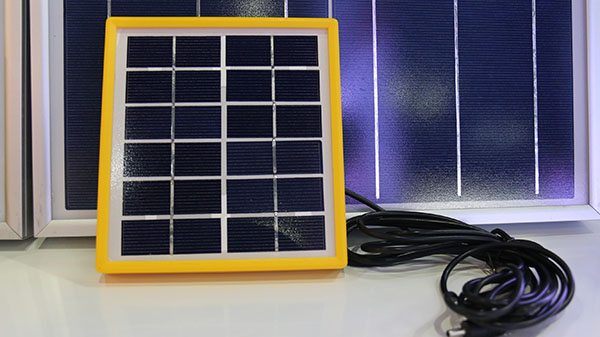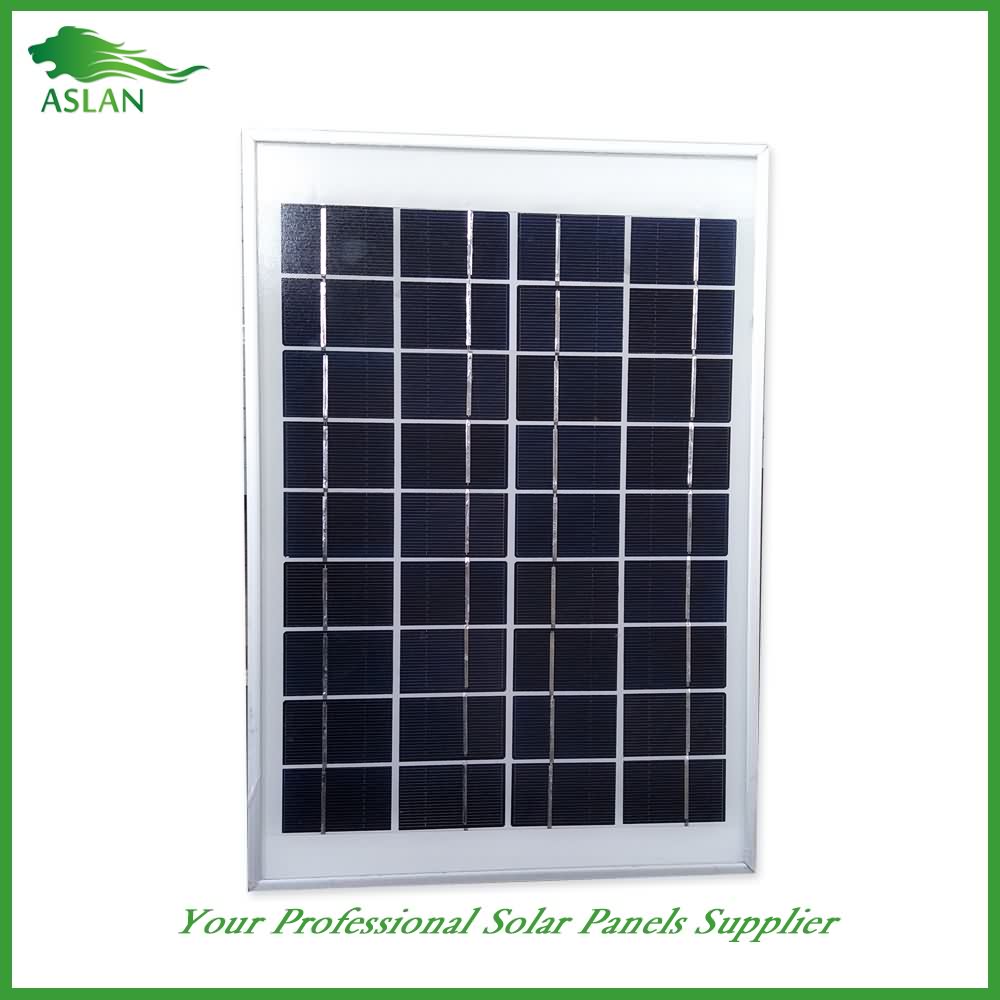8 Years manufacturer Poly-crystalline Solar Panel 50W to kazakhstan Factory
Short Description:
We are experienced manufacturer. Wining the majority of the crucial certifications of its market for 8 Years manufacturer Poly-crystalline Solar Panel 50W to kazakhstan Factory, Our mission is to help you create long-lasting relationships with your clients through the power of promotional products.
Poly-crystalline Solar Panel 50W
Technical parameter
Maximum Power(W) 50W
Optimum Power Voltage(Vmp) 18.43V
Optimum Operating Current(Imp) 2.71A
Open Circuit Voltage(Voc) 22.48V
Short Circuit Current(Isc) 2.98A
Mechanical Characteristics
Cell Type Poly-crystalline 156 x 52mm
No of Cell 36 (4x9pcs)
Dimensions 678x542x25mm
Weight 4.2Kg
Front Glass 3.5mm,High Transmission, Low Iron,Tempered Glass
Junction box IP65 Rated
Output Cable TUV 1×4.0mm2/UL12AWG,Length:900mm
Temperature and Coefficients
Operating Temperature(°C): -40°C ~ + 85°C
Maximum System Voltage: 600V(UL)/1000V(IEC) DC
Maximum Rated Current Series: 15A
Temperature Coefficients of Pmax: -0.47%
Temperature Coefficients of Voc: -0.389%
Temperature Coefficients of Isc: 0.057%
Nominal Operationg Cell Temperature (NOCT): 47+/-2°C
Materials of solar panel
1).Solar Cell——Poly-crystalline solar cell 156*52mm
2).Front Glass——-3.2mm, high transmission, low iron, tempered glass
3).EVA——-excellent anti-aging EVA
4).TPT——-TPT hot seal made of flame resistance
5).Frame——anodized aluminum profile
6).Junction Box——-IP65 rated, high quality, with diode protection
Superiority: high quality anodized aluminum frame, high efficiency long life, easy installation, strong wind resistance, strong hail resistance.
Features
1. High cell efficiency with quality silicon materials for long term output stability
2. Strictly quality control ensure the stability and reliability, totally 23 QC procedures
3. High transmittance low iron tempered glass with enhanced stiffness and impact resistance
4. Both Poly-crystalline and Mono-crystalline
5. Excellent performance in harsh weather
6. Outstanding electrical performance under high temperature and low irradiance
Quality assurance testing
Thermal cycling test
Thermal shock test
Thermal/Freezing and high humidity cycling test
Electrical isolation test
Hail impact test
Mechanical, wind and twist loading test
Salt mist test
Light and water-exposure test
Moist carbon dioxide/sulphur dioxide
Get your free audio book:
http://npun.us/j/b00nrzxupm
This book is designed to address the concerns of those whose only desire is to build a simple, small-scale solar energy system but don’t know where to start (or end!). We’ve been living off the grid for well over ten years now and the most common inquiry we get is from people who want to set up a small solar energy system to power a cabin or camper, or to keep a refrigerator and a few lights on if the grid goes down. Some have already tried and ended up with woefully inadequate systems lacking the power and balance needed for off-grid life. But there’s more to off-grid living than watts, volts and amps. It’s important to understand how a solar power system works and how to size it properly for the job you want it to do.in this book I’ve condensed all the information you need to design your own simple, off-grid, solar power system. I’m not going to teach how to build your own solar panels but I’ll tell you how purchase factory components to build the system that fits your needs the best and hopefully save you a lot of frustration and cash while putting it together.we’ll see how to understand watts, volts, amps, and ohms and how they apply to deciding how many solar panels you need, the watt ratings you’ll have to have for your inverter and charge controller and even how many batteries you’ll need for your battery bank.you’ll learn about resistance, and how it affects your solar power system. I will explain with diagrams and text the differences between sine wave, modified sine wave and pure sine wave inverters and how that applies to you. I’ll explain charge controllers and the reasons for and against Pwm vs. Mppt vs. single-stage vs. multiple-stage controllers and which is best for you.i’ll tell you a little secret about “efficient” vs. “less efficient” solar panels that will keep you from wasting money on something that’s a relatively minor issue.even if you don’t want a “whole house” system you’ll learn how to put together balanced small-scale power systems at whatever size you can afford.we’ll also look at solar power “kits” and I’ll show you how to put together your own that outperform commercially available kits and get more power for less money.my goal here is to simplify that which has been made complicated. I want you to be able to pursue your dream of independence from the grid without spending enough money to break the bank. It can be done, and for less than you may imagine!
Contact me: inforeq17@gmail.com
Can you charge lithium Ion cells on a standard lead acid solar charge controller? I’ve read lots and I’m not entirely sure – so in this video I’m going to start testing it!
Subscribe to my channel for an update in a few weeks so see the experiment progress!
EBay links -
EPSolar VS1024 PWN Charge Controller: https://goo.gl/UsU3o3
CellMeter-7 Digital Battery Capacity Checker: https://goo.gl/bLVxah
7S Balance Cable: https://goo.gl/WSiuFG
18650 Cell Box: https://goo.gl/qPP4gy
Videos in this Series:
Part 1, The Concept – https://youtu.be/YoH7V56RtkM
Part 2, Getting the Balance Right – https://youtu.be/aiVGOEH-T4U
Part 3, The Results – https://youtu.be/Pnrxm3KNjes
Part 4, Expansion – https://youtu.be/RbmRisC3Uak
Thanks for watching!
